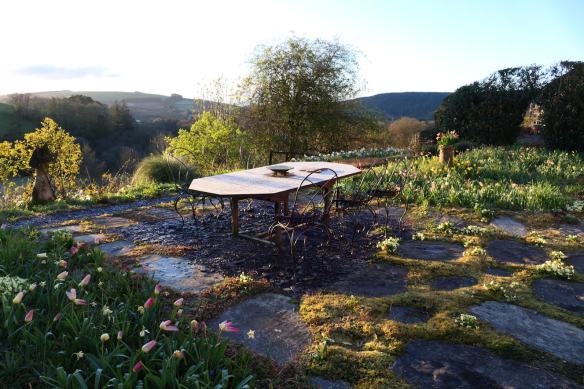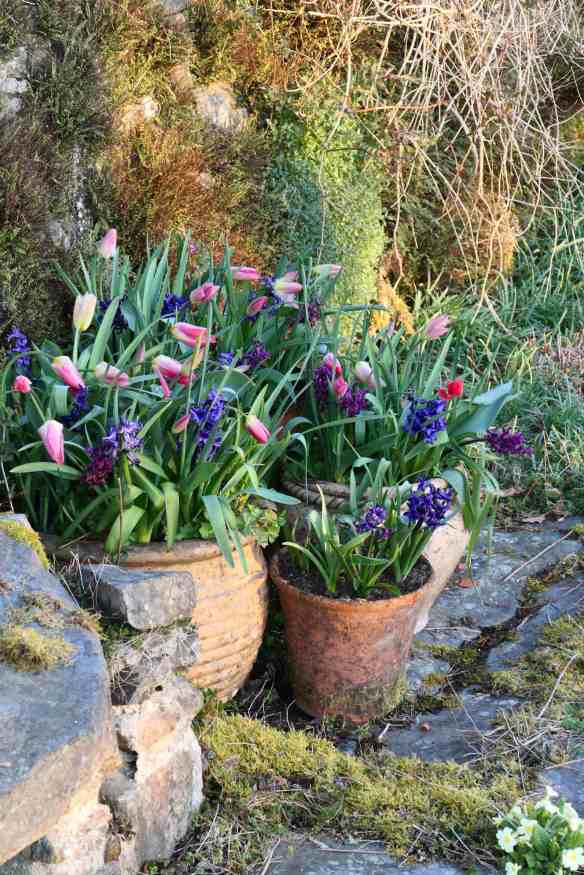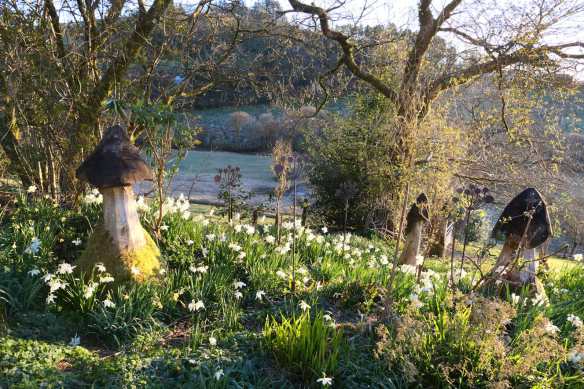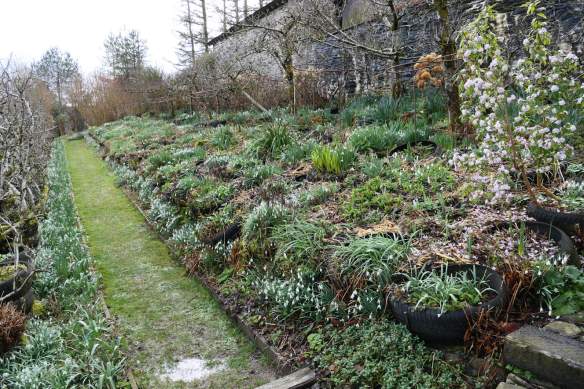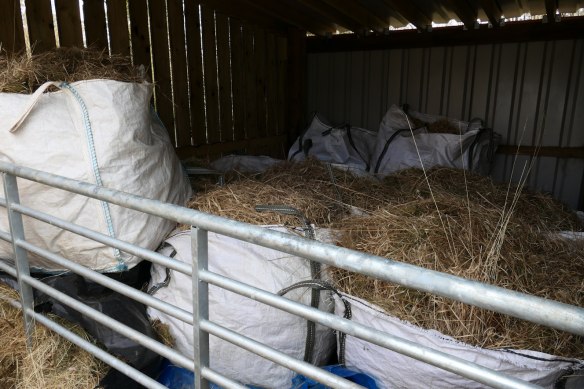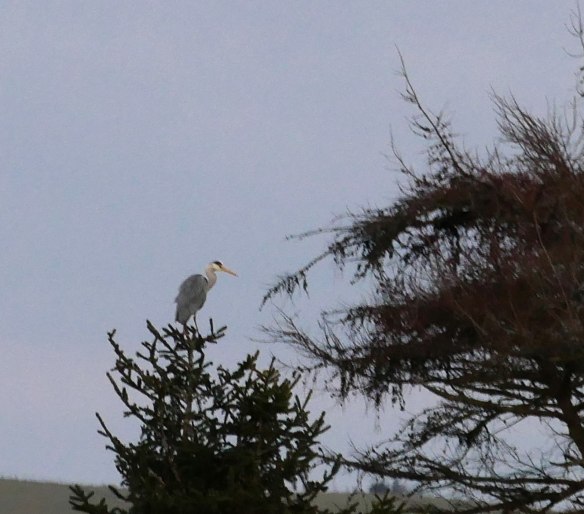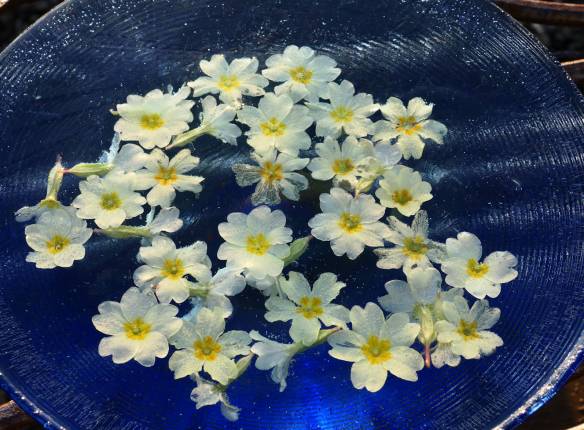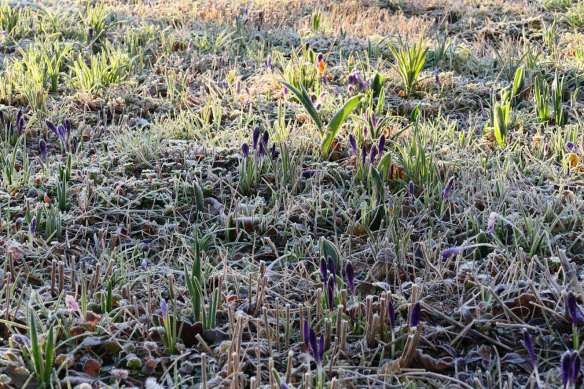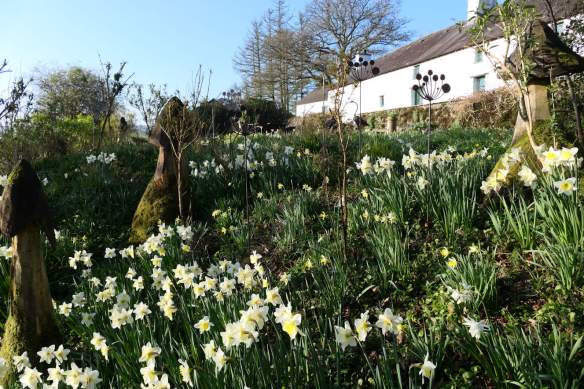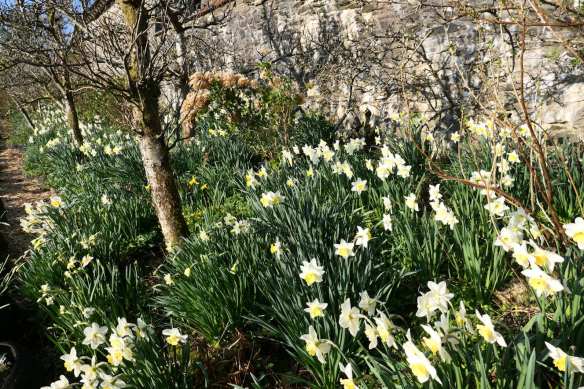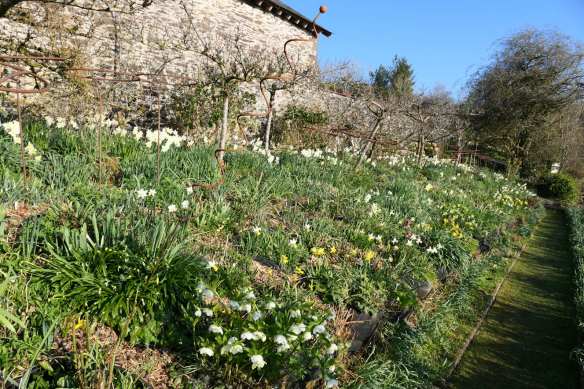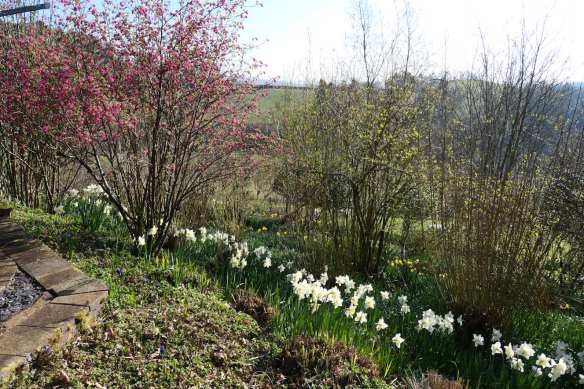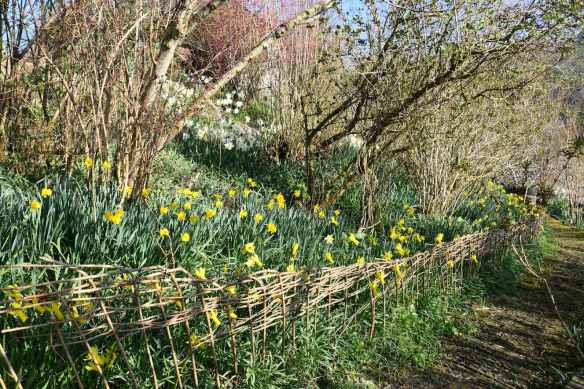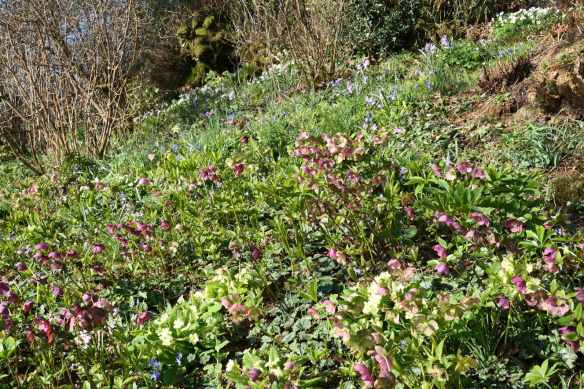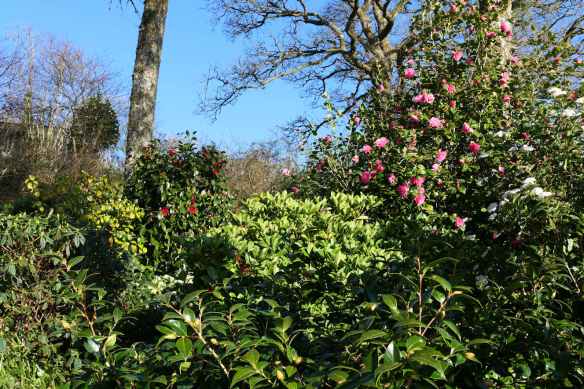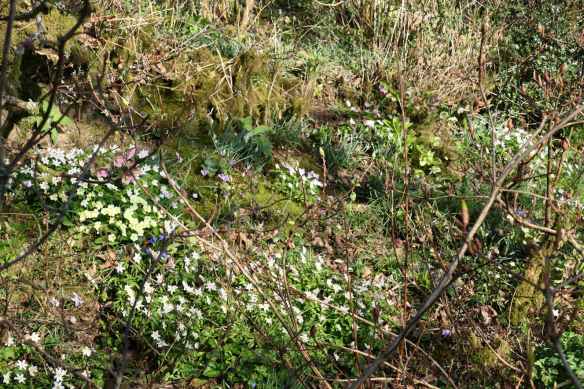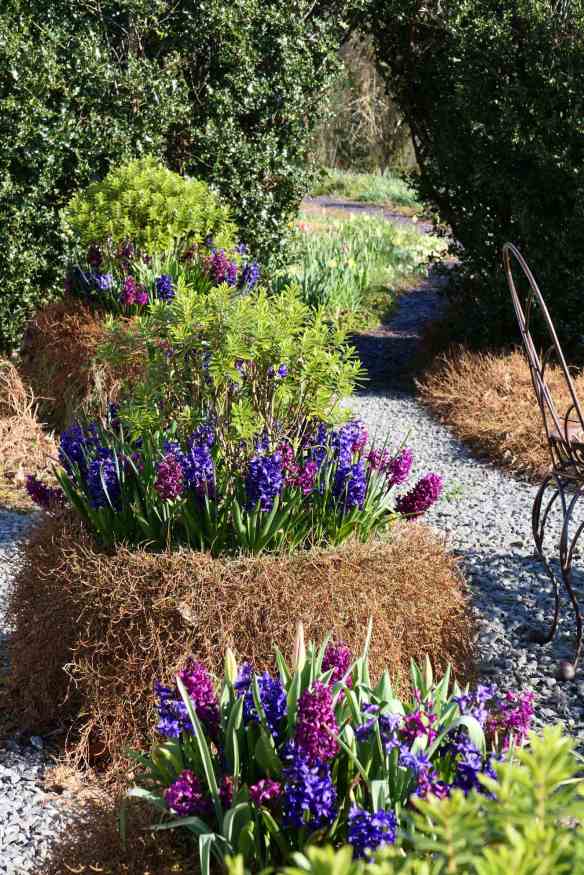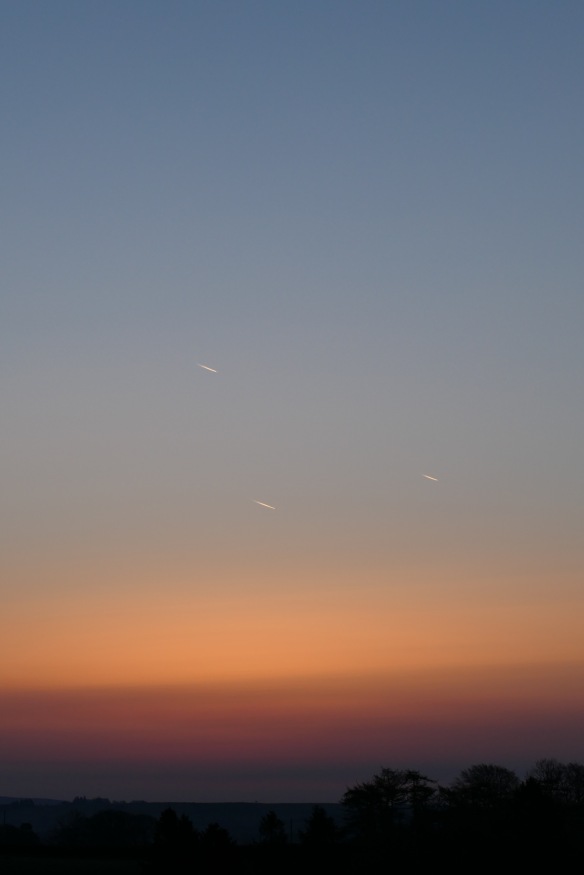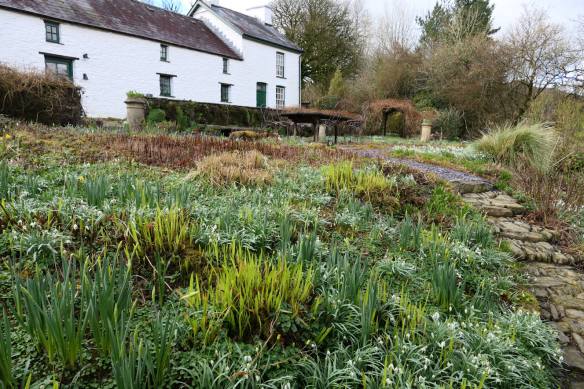 March 2022 began under heavy cloud, both physically and mentally as the true horror of Putin’s evolving invasion and war in Ukraine, and the West’s response to it, became more evident with every day. After a late start to the snowdrop season, the combination of a wet, mild February and active honeybee colonies on site, meant that many of the mid season snowdrops were finishing by the end of the first week in March, by which time the weather was becoming colder, so the planned for succession into daffodils didn’t quite work in 2022.
March 2022 began under heavy cloud, both physically and mentally as the true horror of Putin’s evolving invasion and war in Ukraine, and the West’s response to it, became more evident with every day. After a late start to the snowdrop season, the combination of a wet, mild February and active honeybee colonies on site, meant that many of the mid season snowdrops were finishing by the end of the first week in March, by which time the weather was becoming colder, so the planned for succession into daffodils didn’t quite work in 2022.
History will, in due course, relate just how dire the Ukrainian conflict becomes. The Covid pandemic which has blighted the lives of so many for the last 2 years is rapidly fading from our memories. For now these pages seek to record the more mundane aspects of life on this Welsh hillside, and how after an unusually mild, frost free, snow free, but gloomy winter, the currently soggy garden and landscape continues to spring into life in the weeks ahead.

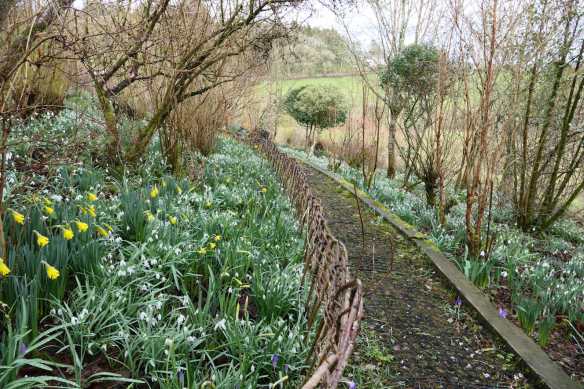






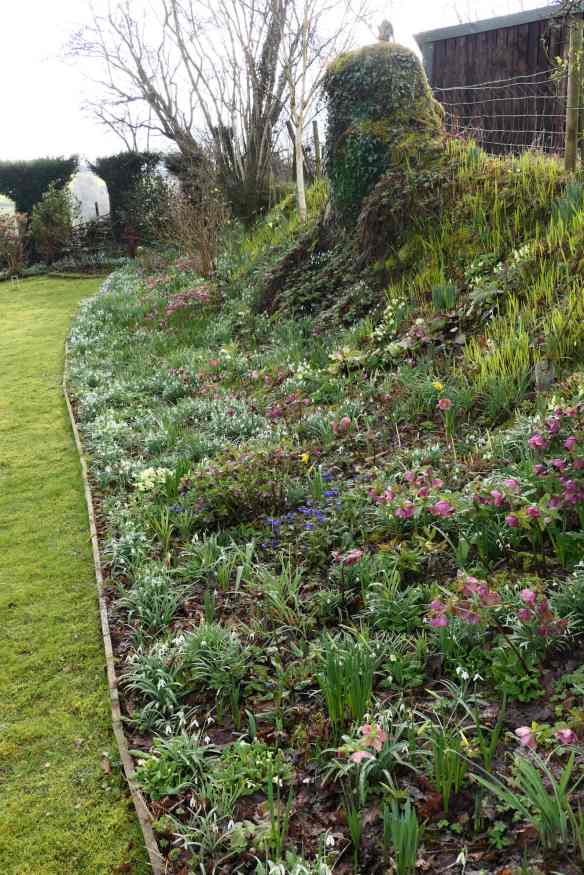
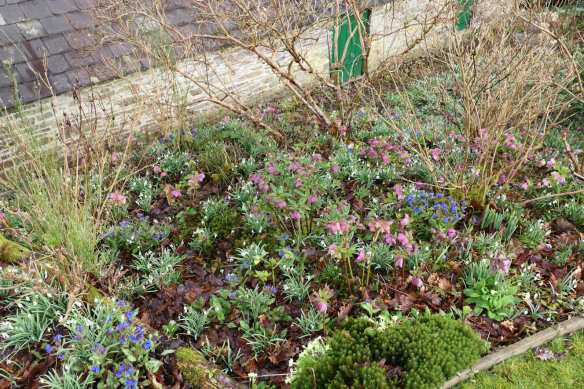

There were some stunning cloud scenes and colours in the sky early in the month too, including one fleeting dusk time effect which I can’t recall before, with a distant broad, rainbow like cloud over a distant hill.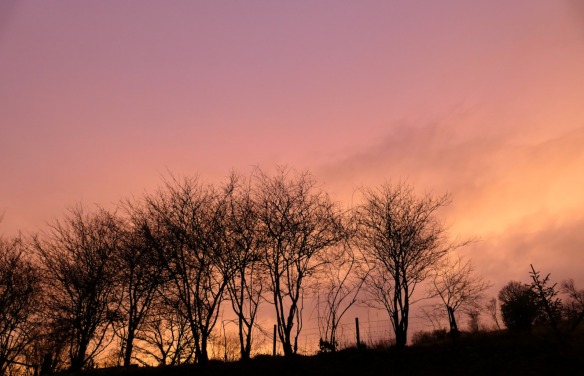



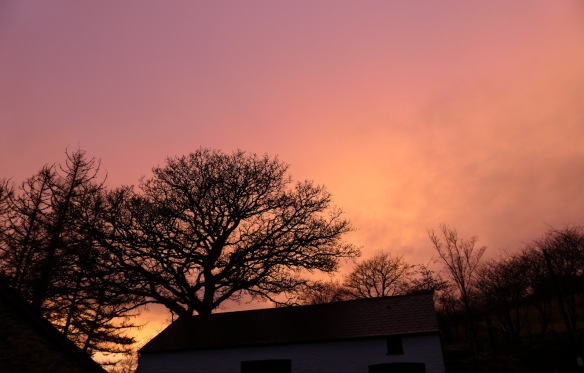

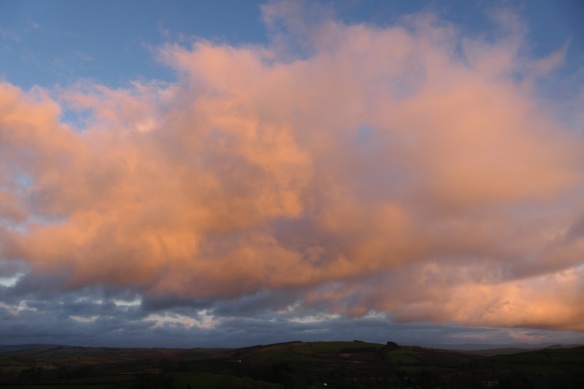
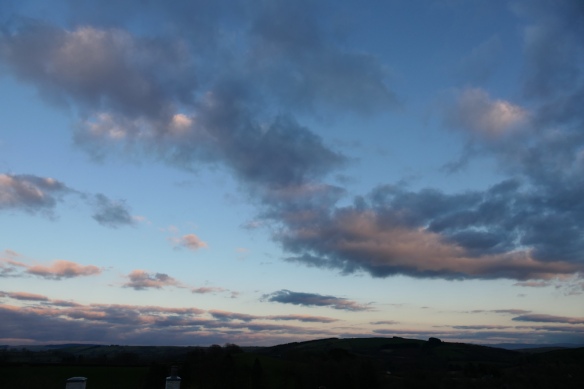



 Having avoided frosts for much of February, we had a couple of quite sharp ones early in the month, although this didn’t stop us having our weekend cooked breakfast outside, whilst the bird bath still had ice in it.
Having avoided frosts for much of February, we had a couple of quite sharp ones early in the month, although this didn’t stop us having our weekend cooked breakfast outside, whilst the bird bath still had ice in it. And at last a few sunny days, although coinciding with a chilly Easterly wind and low temperatures, so with lambing ahead, we opted to harvest some of the dead Molinia caerulea, Purple moor grass, foliage from around our upper pond, to use as a bedding option.
And at last a few sunny days, although coinciding with a chilly Easterly wind and low temperatures, so with lambing ahead, we opted to harvest some of the dead Molinia caerulea, Purple moor grass, foliage from around our upper pond, to use as a bedding option.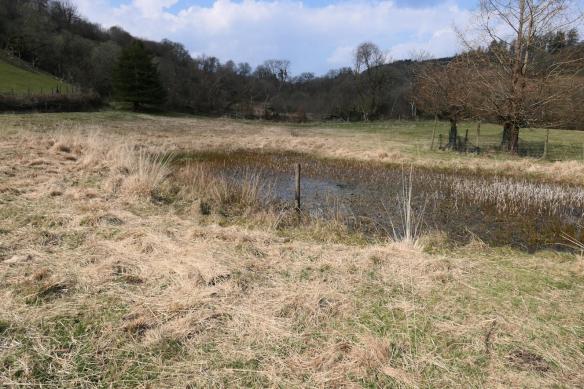
By now this pond has more frogspawn than I can recall in recent years, and the heron is a fairly regular visitor.
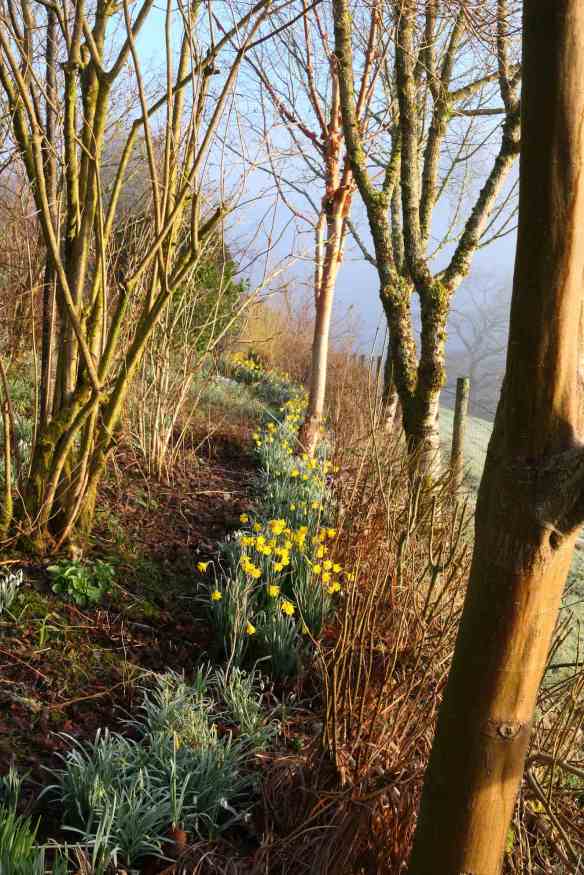
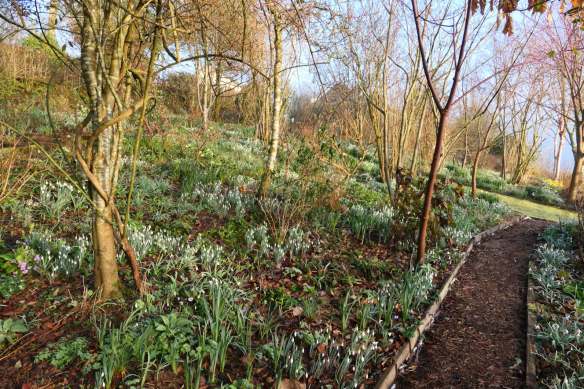



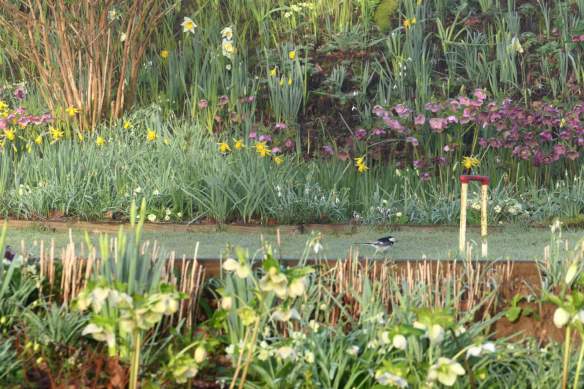 The continuing mainly damp conditions early in the month meant optimum conditions for planting out the unsold snowdrops from their pots into places in the garden where there are still gaps, as well as taking the time and effort to lift a few early flowering daffodils, N. ‘February Gold’ and N. ‘Brunswick’, into spaces in the long front border, and croquet border.
The continuing mainly damp conditions early in the month meant optimum conditions for planting out the unsold snowdrops from their pots into places in the garden where there are still gaps, as well as taking the time and effort to lift a few early flowering daffodils, N. ‘February Gold’ and N. ‘Brunswick’, into spaces in the long front border, and croquet border.
As always the most reliable, floriferous and long lived of the first wave of daffodils were N. ‘Rjinveld’s Early Sensation’, Narcissus pseudonarcisssus, and N. ‘Topolino’, which were just gettting into their stride by March 11th, along with the ever reliable, tall and very long lasting N. ‘Brunswick’.
From March 10th a proper high pressure system built, and we were blessed with a run of nearly 3 weeks without rain, and mainly cloud free, sunny days. Even better, although we had frost in the valley bottom, the garden largely escaped, so the emerging Camellia and Magnolia began to create a wonderful display.
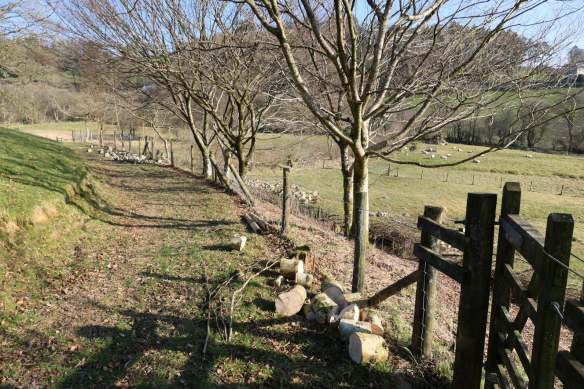


All the dry weather and eventually lighter winds meant we were able to remove 7 large, fill-in ash trees from the small copse at the boundary of cae efail, log it all up, and get the brash burned in an extended session of activity. This together with the laid hedge along this boundary both opens up views down to the wet meadows, and also gives more space for the growing Zelkovas, Northofagus, Quercus and Acers in this small copse.
The old German butterhurn hive was taken apart from its fussy shelter in this copse, and at last I was able to appreciate how wonderfully the swarm I’d captured 3 years previously, had filled it with comb, left to their own devices.


 Having thought a lot more about beehive design and location in the intervening years, this has been removed from its colder, and possibly too shadey valley bottom site, and brought up to the edge of the garden and located in a field maple tree. It’s been clad in cork, given an overhaning roof, and also now has 2 small separate entrance holes, both capable of being closed with small flap doors.
Having thought a lot more about beehive design and location in the intervening years, this has been removed from its colder, and possibly too shadey valley bottom site, and brought up to the edge of the garden and located in a field maple tree. It’s been clad in cork, given an overhaning roof, and also now has 2 small separate entrance holes, both capable of being closed with small flap doors.
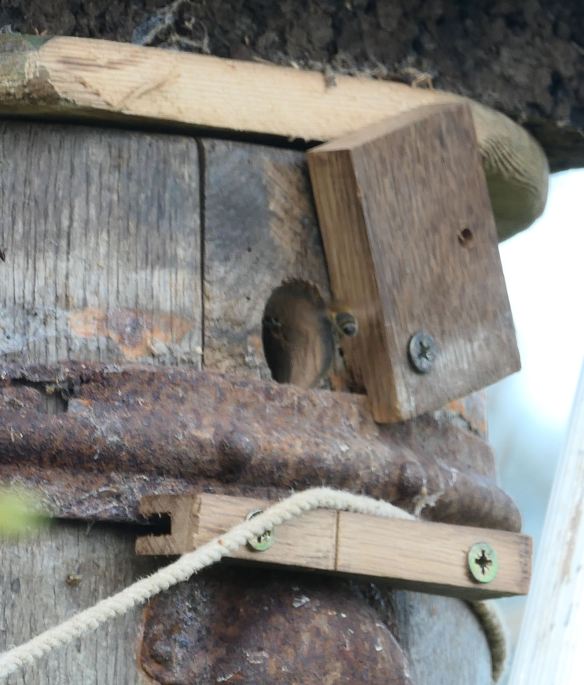
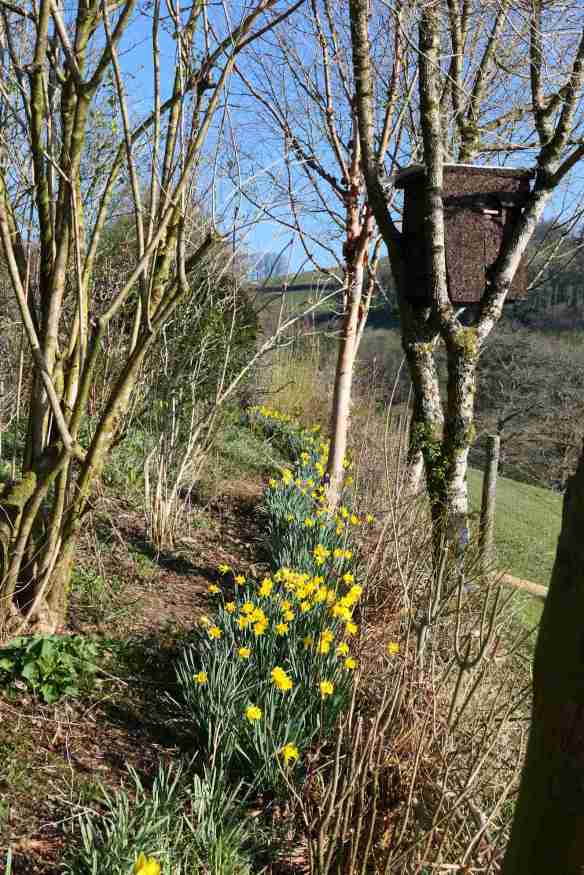 I’ve realised that both top access to a hive, (after observations of the early season and early morning activity from the Swedish butterchurn bees, which by chance only has such a top access opening) along with siting the hive to maximise midwinter morning to noon, solar radiation falling onto the hive, are probably critical in raising detected air temperatures at the hive entrance and for persuading bees to forage very early on in the year, when the weather windows are often fleeting. Good for them, and also good us, through pollination and seed set of our numerous midwinter flowers.
I’ve realised that both top access to a hive, (after observations of the early season and early morning activity from the Swedish butterchurn bees, which by chance only has such a top access opening) along with siting the hive to maximise midwinter morning to noon, solar radiation falling onto the hive, are probably critical in raising detected air temperatures at the hive entrance and for persuading bees to forage very early on in the year, when the weather windows are often fleeting. Good for them, and also good us, through pollination and seed set of our numerous midwinter flowers.








As we reached the last week of March, with the weather becoming ever more glorious and warmer, the mid season daffodils began to emerge en masse, the first Skimmia flowers followed on from the Pieris; the Chionodoxa ‘Pink Giant’ excelled, and the ever reliable native primroses lit up the garden to create the best scenes we’ve ever had at this lovely time of the year. There’s no question that as with snowdrops, daffodils create way more impact when planted en-masse. But as with snowdrops, it takes years of effort to achieve such results. So a bit like most aspects of gardening, really.😊
The re-worked, and slightly reduced in number, terrace tubs with their mix of Hyacinths – ‘Kronos’ and ‘Woodstock’ also look as lovely as ever, as more bulbs have survived from previous years’ plantnings to create greater, denser impact. We’ve even managed to make time to walk round the garden at this special time of the year, to make detailed recordings of where bulbs are needed this autumn to lift the displays a little higher.
The PV inverter reading of 367 KWH shows that it was indeed a month of 2 halves with a gloomy damp start, ending in a mainly glorious, sunny, second half.  Confirmed by the Met Office, which shows that it was the fifth sunniest ever March in Wales, the sunniest ever in Scotland and N. Ireland, and significantly warmer and drier than the rolling 30 year average. The rainfall for the month was a very benign 65.3 mm, oscillating hugely once more from February’s high total. The month ended with a sharp frost heralding a much chillier beginning to April.
Confirmed by the Met Office, which shows that it was the fifth sunniest ever March in Wales, the sunniest ever in Scotland and N. Ireland, and significantly warmer and drier than the rolling 30 year average. The rainfall for the month was a very benign 65.3 mm, oscillating hugely once more from February’s high total. The month ended with a sharp frost heralding a much chillier beginning to April.